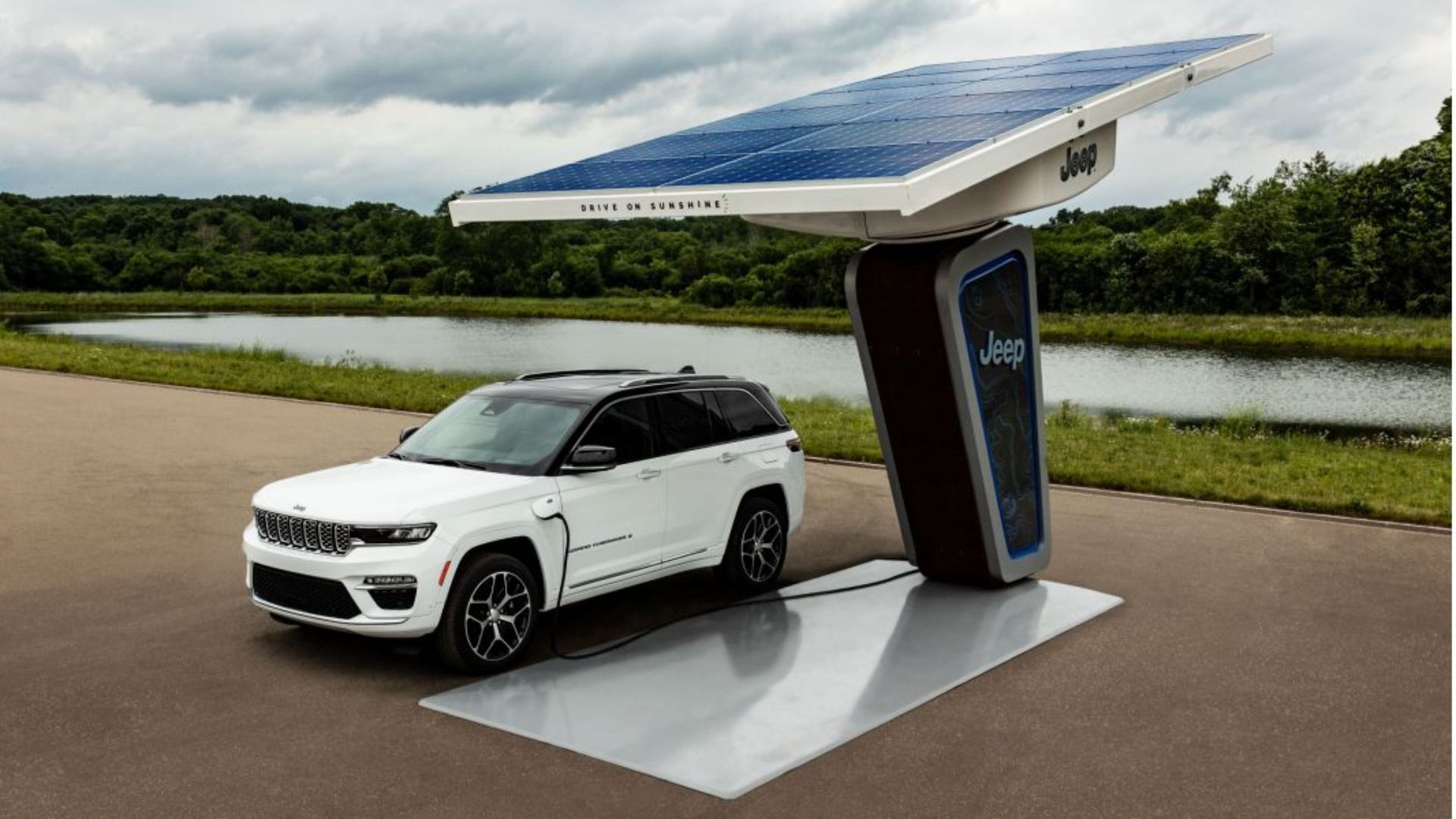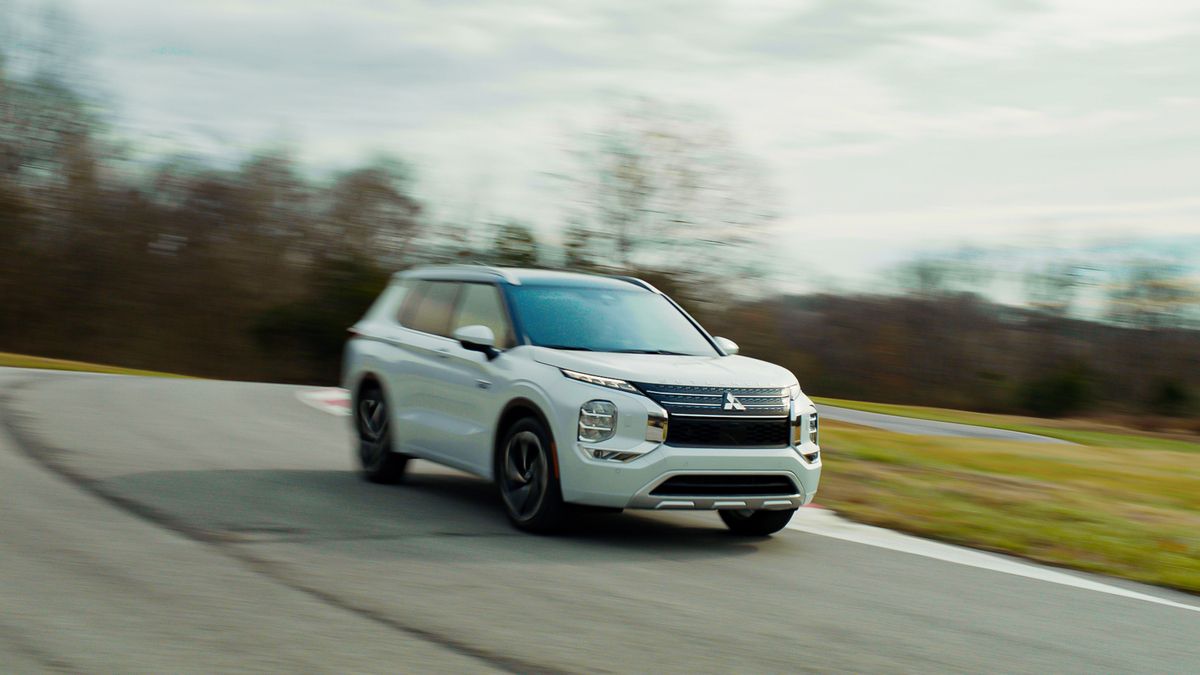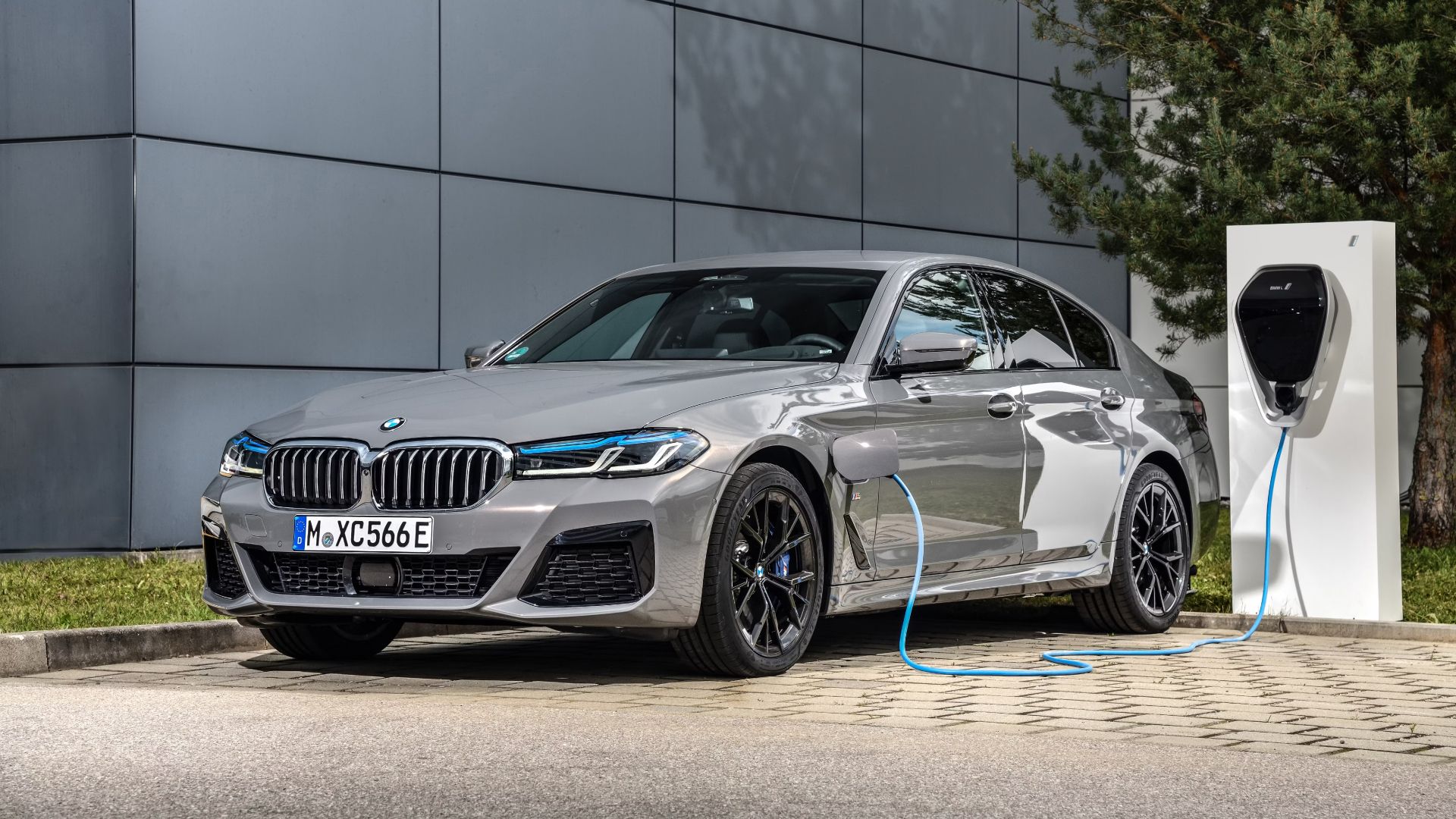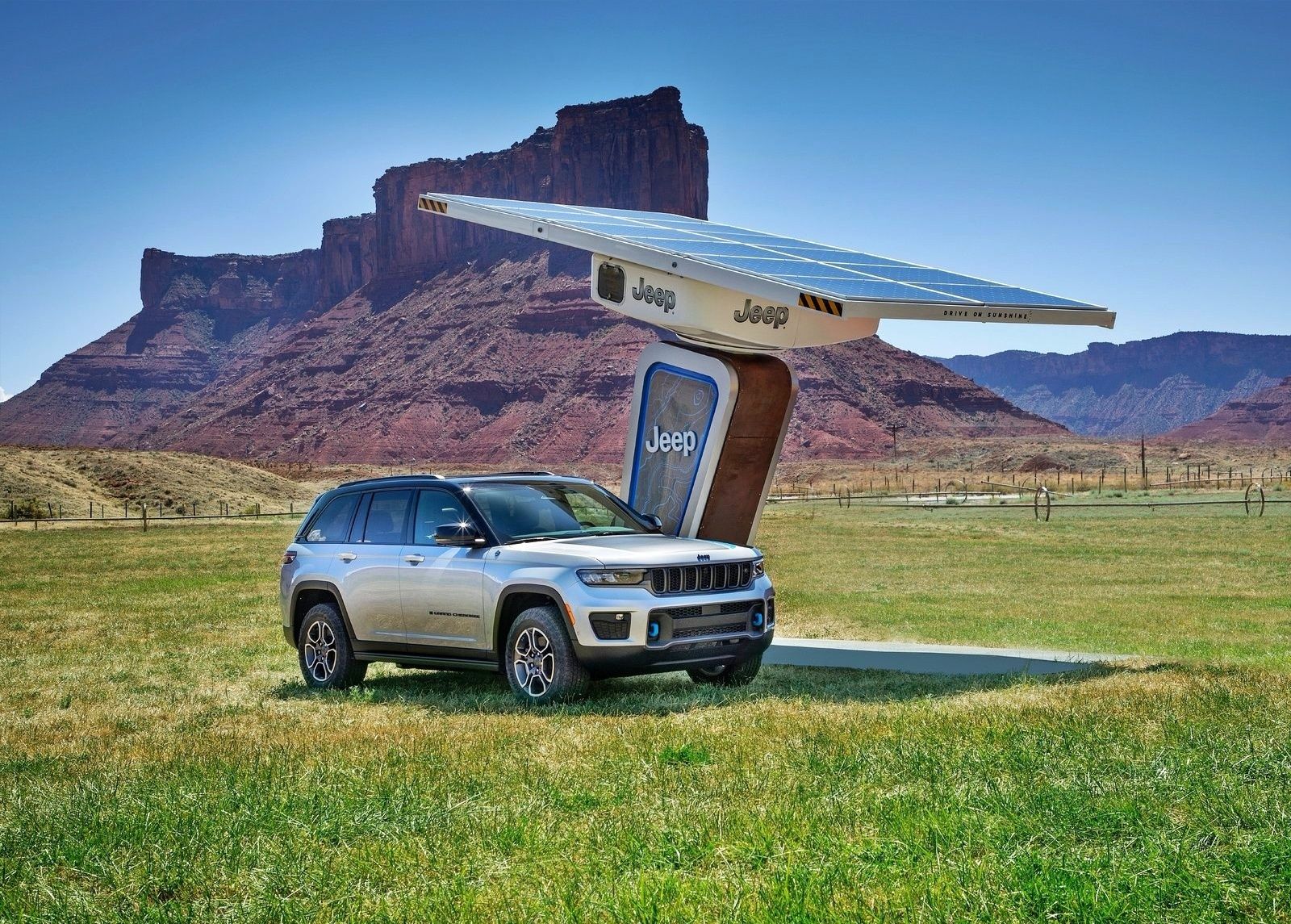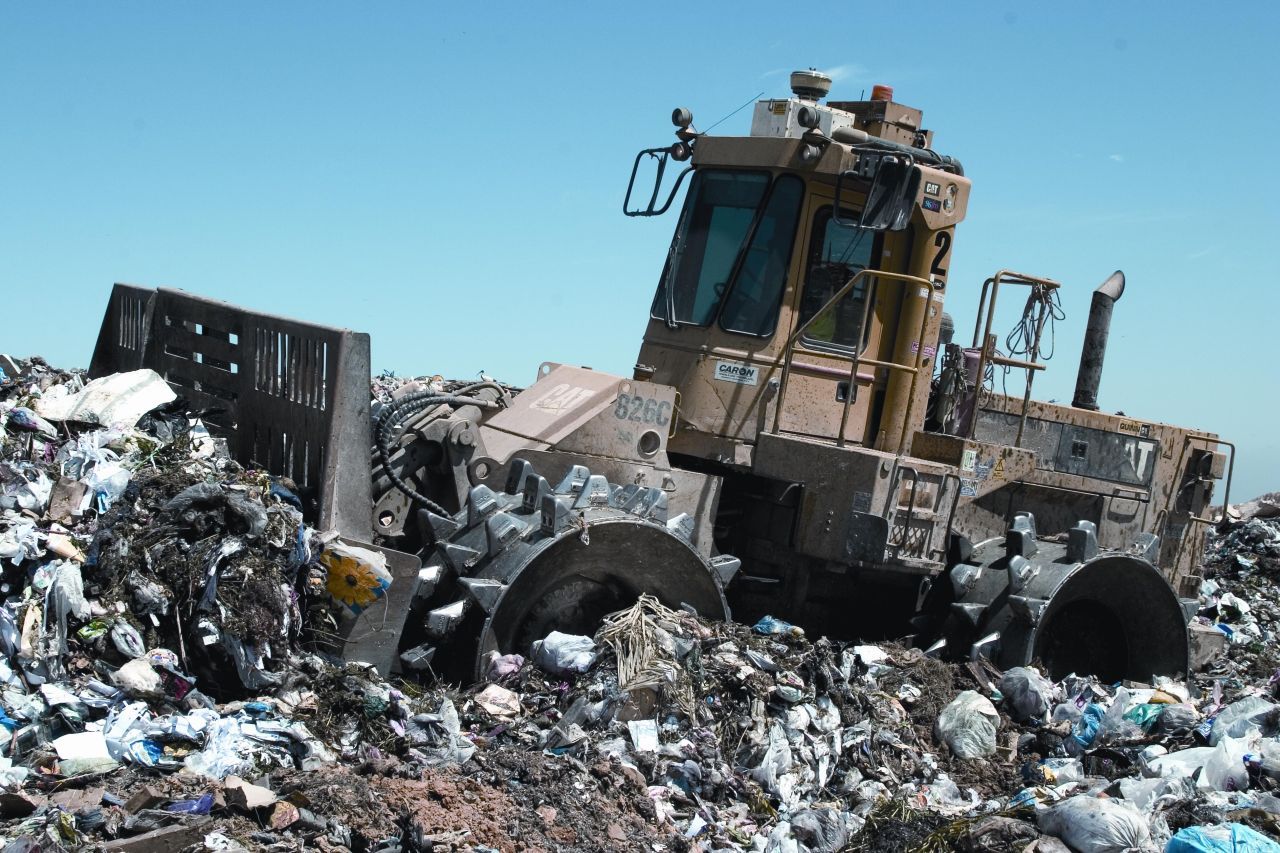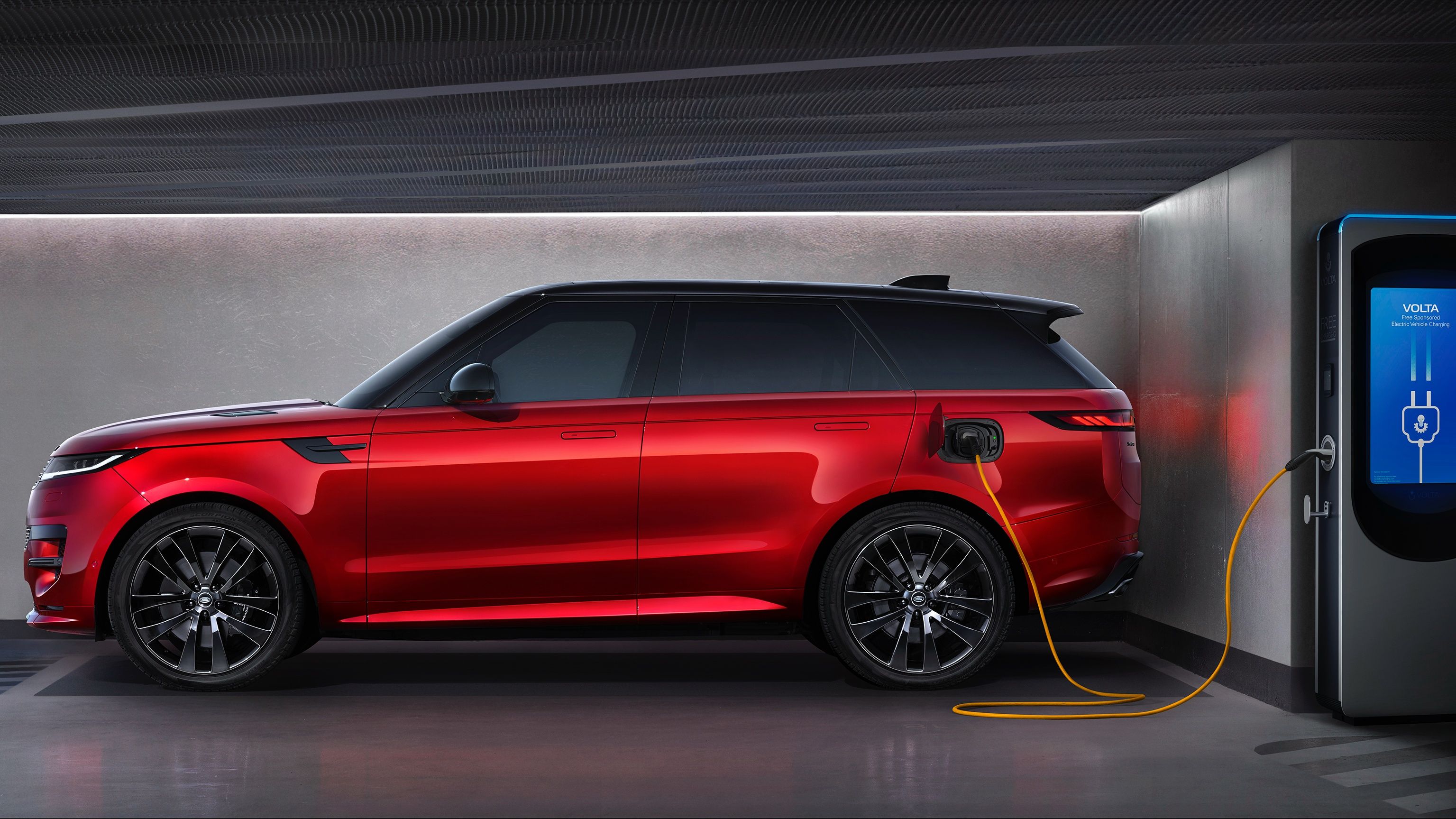The era of electrified mobility is officially upon us, and it seems like the days of the IC engine are numbered. But are EVs the only solution? What if there was something that could provide the best of old and new? Well, Plug-in Hybrid Electric Vehicles (PHEVs) promise to be the key that overcomes the shortcomings of an exclusively electric powertrain by combining it with the reliable safety net of an internal combustion engine. With the possibility of synthetic fuels and the rising cost of EV powertrains, PHEVs with the flexibility of dual-power trains can prove to be the best solution for those who want the best of both worlds. The rising tide of PHEVs is proof that this technology is the best of both worlds, so here are 10 reasons why we think PHEVs can be a better bet in the larger scheme of things when compared to EVs.
10 Smaller Battery Packs Equals More Agility
Weight plays a paramount role in determining a vehicle's overall dynamics, in short, more weight equals more problems and modern EVs are undeniably some of the most obese vehicles on the roads today. Plug-in hybrid electric vehicles typically have smaller battery packs than traditional EVs, which can make them more agile and easier to handle in most situations. Braking is another area where a PHEVs weight advantage over an EV shines through. In addition to the lower weight, a PHEV can utilize both engine braking and harness power from the regen braking system for maximum effectiveness. Performance PHEVs with more than one motor such as the Ferrari SF90 and the upcoming McLaren Artura can perform precise torque vectoring and drastically improve the vehicle's high-speed handling and overall agility.
9 Enthusiast And Purist-friendly Options
Cars like the 2023 Chevrolet Corvette E-Ray and the recently launched 2023 BMW XM SUV combine the might of a V8 with the benefits of an electrified powertrain. The XM can travel on electric power alone for up to 55 miles courtesy of a 29.4 kWh battery pack and the 145 kWh electric motor packing 197 horsepower can propel this mammoth SUV to 87 mph on electric power alone. Then there's the tried and tested 4.4-liter twin-turbo V8 that's shared with the M5 CS. The result is a combined output of 653 horsepower and 590 pound-feet of torque and the throaty roar of a V-8, all into a sensible full-size SUV. The E-Ray's electric system in isolation is far less impressive with its 1.1-kWh battery pack and a mere 4 miles of electric range. But add a 6.2-liter naturally aspirated V-8 to the mix and a 2.5-second 0-60 mph time, all for a sub $110,000 price tag which makes this a bargain hybrid supercar. Even luxury automakers like Bentley have jumped on board with the 2023 Flying Spur PHEV which combines a twin-turbo V-6 with an electric motor. The ability to enjoy these state-of-the-art engines with the added benefits of an electric powertrain makes them a perfect option for petrol heads.
8 No Range Anxiety
The biggest hurdle to electrification is range anxiety which manifests in many ways and depends on a range of factors. These include wonky charging infrastructure, small battery packs, and endlessly long charge times among others. So for those who want the benefits of an EV in urban environments without any of the limitations, then the PHEV seems to be the perfect solution. Cars like the clever yet classy BMW 330e offer a sensible 40 miles of electric range for strolling through areas with congestion charges and bumper-to-bumper traffic. In addition, there's the flexibility of a potent 2.0-liter turbo four-cylinder which not only gives this 3 Series PHEV a total of 249 horsepower but more importantly the flexibility of two powertrains. This means people who wouldn't have considered EVs as their only vehicle can now reap the benefits of both powertrains and enjoy emission driving when they please.
7 Lower Battery Maintenance Costs
Batteries are a major part of modern EVs, and they determine everything from the performance to the lifespan of an eclectic vehicle. According to RAC, EV batteries conservatively deliver a life of 10 years/100,000 miles after which the entire battery pack will be replaced and that would be expensive. Battery degradation is also a major issue, for instance, an 8-year-old Nissan Leaf can lose around 20% of its battery capacity in degradation. The smaller battery packs in a PHEV mean the cost of the replacement battery pack will be significantly lower and going by general automotive know-how, the IC engine will easily survive for 10 years/100,000 miles without needing any major overhaul. And even when the battery's on your decade-old PHEVs start to deteriorate, you always have the option of relying on your engine, but the same can't be said for EV owners.
6 Performance PHEVs Combine The Best Of Both The Worlds
The auto industry as a whole is witnessing a sudden surge of performance PHEVs, which include everything from the Ferrari 296 GTB to the humble Santa Fe PHEV. They combine the efficiency and instant torque of an electric powertrain with the sounds and sensations of an IC engine. The electric motor can help supplement the gaps in the IC engine's power band, for more linear and relentless power delivery and electric motors can also facilitate torque vectoring to improve handling. Not only are performance PHEVs more fun, but they can also be more efficient when driven hard. When driven hard, a PHEV's battery regeneration system can recuperate energy during deceleration, reducing the amount of energy required from the gasoline engine and reusing energy that would otherwise be lost as heat and friction during braking.
5 No Need For Specialized Charging Stations
Unlike modern EVs that come with the promise of superfast charging and that's often accompanied by the need for specialized charging infrastructure, PHEVs do not require specialized charging infrastructure and their smaller battery packs can be charged using standard household outlets without having to deal with compromising charging speeds. This means that drivers can charge their vehicles from their homes, office, or public charging stations without much hassle. This flexibility can help to reduce the cost of charging, making it more affordable for drivers. So, not only do PHEVs prove to be cheaper to recharge, but they can also charge faster than a conventional EV in most cases, meaning you don't have to wait as long to get back on the road.
4 PHEVs Can Utilize Low-carbon Petroleum Alternatives
The current reliance on lithium and silicon in EV technology does present some sustainability challenges which is why the use of alternate low emissions fuels could come into its own. PHEVs hold the potential of using low-carbon petroleum alternatives. These include biofuels produced from bio-waste and other organic material which is then blended with petrol or diesel in various ratios. The resulting blend emits significantly lower carbon than conventional gasoline and diesel fuels. Synthetic fuels are also a viable future alternative as preliminary testing by companies like Bosch and Coryton has produced promising results. Synthetic fuels are manufactured by converting renewable energy into liquid or gaseous fuels and the process uses renewable electricity and carbon as raw materials. So your PHEV hold the potential of benefiting from the future of fuels making them more environmentally friendly than EVs.
3 Fewer Batteries End Up In Landfills
It is a well-established fact that PHEVs in general have a significantly smaller battery pack than an equivalently sized EV. This means that the battery can be reused for a longer period before it needs to be recycled or disposed of. Even recycling old batteries continues to be a challenge as only three percent of all batteries globally are recycled and 97 percent end up in landfills. So, even at the end of their life cycle, a PHEV would amount to significantly less e-waste in the landfill, than an equivalent EV. A PHEV would also allow its user to use a slightly degraded battery for much longer since the IC engine can kick in when required. This makes PHEVs, much more environmentally friendly in the larger scheme of things.
2 Can Maintain Higher Speeds Consistently
A plug-in hybrid tends to pack a much bigger electric motor than equivalent hybrid vehicles which means it can deliver plenty of instant torque and drastically improve a vehicle's acceleration. A conventional EV on the other hand uses much larger batteries and motors which leads to unbeatable acceleration. But the big batteries come with an added weight penalty. For instance, the Tesla Model S, which is well known for its blistering acceleration, has a battery pack that weighs 1,200 pounds, which is three times more than your average PHEV. This means the jump off the line is short-lived, and it starts losing pace after a certain point. The low-end grunt of an electric motor, the smaller and lighter battery pack, and the high-end grunt of the IC engine combine to deliver relentless thrust that does not taper off at high speeds.
1 Ethical Mining Issues
Battery production is often associated with Ethical mining and the challenges of sourcing sustainable Lithium to support this global rise in demand for electrified vehicles. While both types of vehicles require mining, PHEVs may be considered somewhat better for sustainable mining practices than EVs for a few reasons. The smaller battery packs mean that they require fewer raw materials for their batteries which translates to a smaller environmental impact when it comes to the raw materials used in battery production. Not to forget, the greenhouse gas emissions and other environmental impacts caused by the battery. Production process which includes habitat destruction, water pollution, and soil contamination. Therefore, it's important to consider the full lifecycle of the vehicle when evaluating its environmental impact and PHEVs with their smaller batteries pose a substantially smaller risk to the environment.

